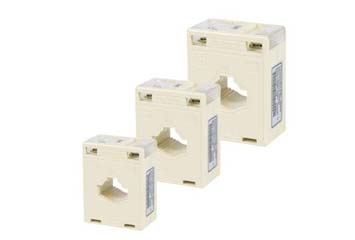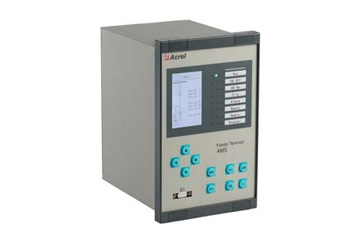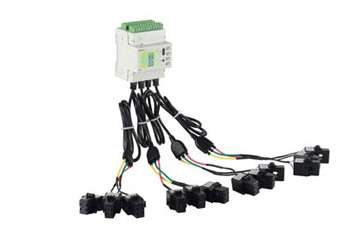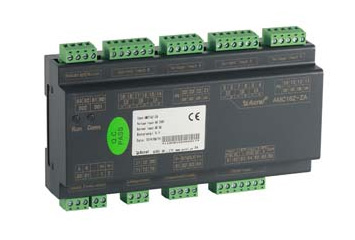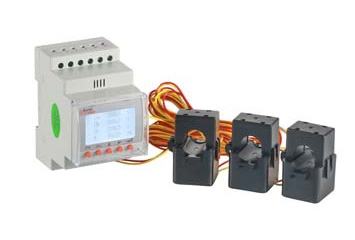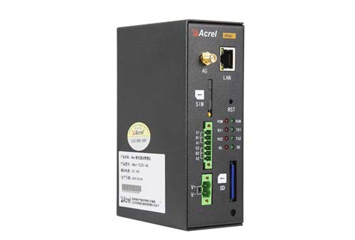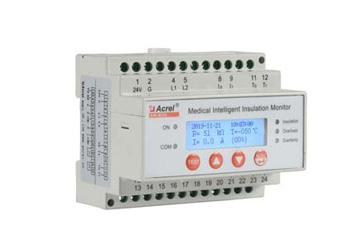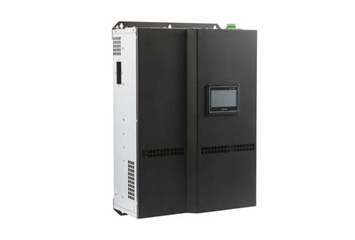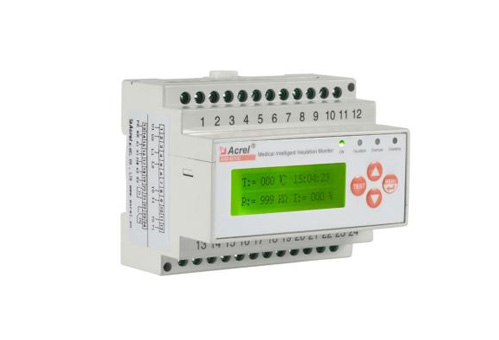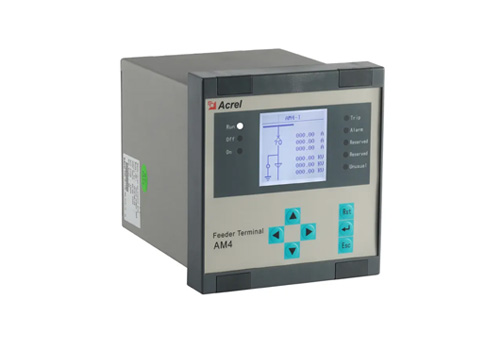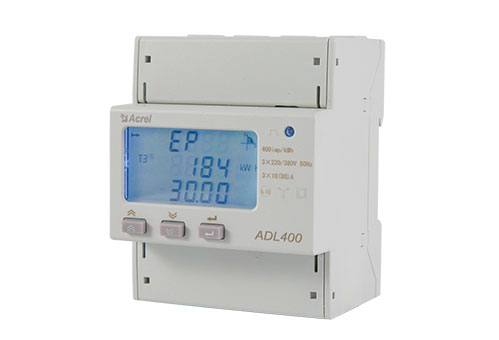The damage to the motor is mainly caused by the overheating of the winding resistance or the decrease in insulation performance, and the overheating of the winding is often caused by the excessive current flowing through the winding. There are mainly two types of electric motor protection devices: current and temperature detection.
Current detection type electric motor protection devices
Thermal relay uses the negative load current flowing through a calibrated resistor element to heat the bimetallic thermal element, causing it to bend and make the relay contacts act before the motor winding burns out. Its action characteristics are close to the allowable overload characteristics of the motor winding. Although the action time accuracy of the thermal relay is generally not very high, it can effectively protect the motor from overload. With the continuous improvement and design optimization, in addition to temperature compensation, it also has other functions such as phase loss protection and load imbalance protection.
The circuit breaker with a thermal-magnetic trip is used for overload protection. Its structure and operating principle are the same as that of the thermal relay. After the bimetallic thermal element is bent, some directly hit the trip device, and some make the contacts connect, which eventually causes the circuit breaker to trip. The setting value of the electromagnetic coil is high and it only operates during a short circuit. Its structure is simple, small in size, low in price, the action characteristics meet current standards, and the protection is reliable, so it is still widely used, especially for small-capacity circuit breakers.
The electronic overcurrent relay detects the fault current signal through the current transformers in each phase inside, and executes the corresponding action after electronic circuit processing. The electronic circuit changes flexibly, and the action functions are diverse, which can meet the protection of various types of motors.
The solid-state relay is a microprocessor device developed from a simple electronic device that completes the relay function. Its cost and price vary with the functions, and the most complex relays can only be used for larger, more expensive motors, or important occasions.
The main circuit of the soft starter uses thyristors, and the protection device that controls its interruption or connection is generally made into a fault detection module to complete abnormal fault detection before and after the motor starts, such as phase loss, overheat, short circuit, leakage, and unbalanced load. It issues corresponding action instructions. Its characteristics are simple system structure, using a single-chip microcomputer can be completed, and it is suitable for industrial control.
Temperature detection type electric motor protection devices
The bimetallic temperature relay is directly embedded in the motor windings. When the motor is overloaded and the winding temperature rises close to the limit value, the bimetallic sheet with one contact is heated and bent, causing the contacts to open and cut off the circuit.
The thermal protector is a thermal dynamic overload protection relay used on the motor body. Unlike temperature relays, the bowl-shaped bimetallic sheet with two contacts is used as a bridge in the motor circuit. The overload current flowing through it causes it to heat up, and the motor temperature also causes the temperature to rise. When it reaches a certain value, the bimetallic sheet instantly rebounds and acts, the contacts are disconnected, and the motor current is cut off. It can be used for temperature, overload and phase loss protection of small three-phase motors.
The thermistor temperature relay is directly embedded in the motor windings, and once the specified temperature is exceeded, its resistance value increases sharply by 10-1000 times. When used, it is equipped with electronic circuit detection, and then the relay is actuated.
 English
English
